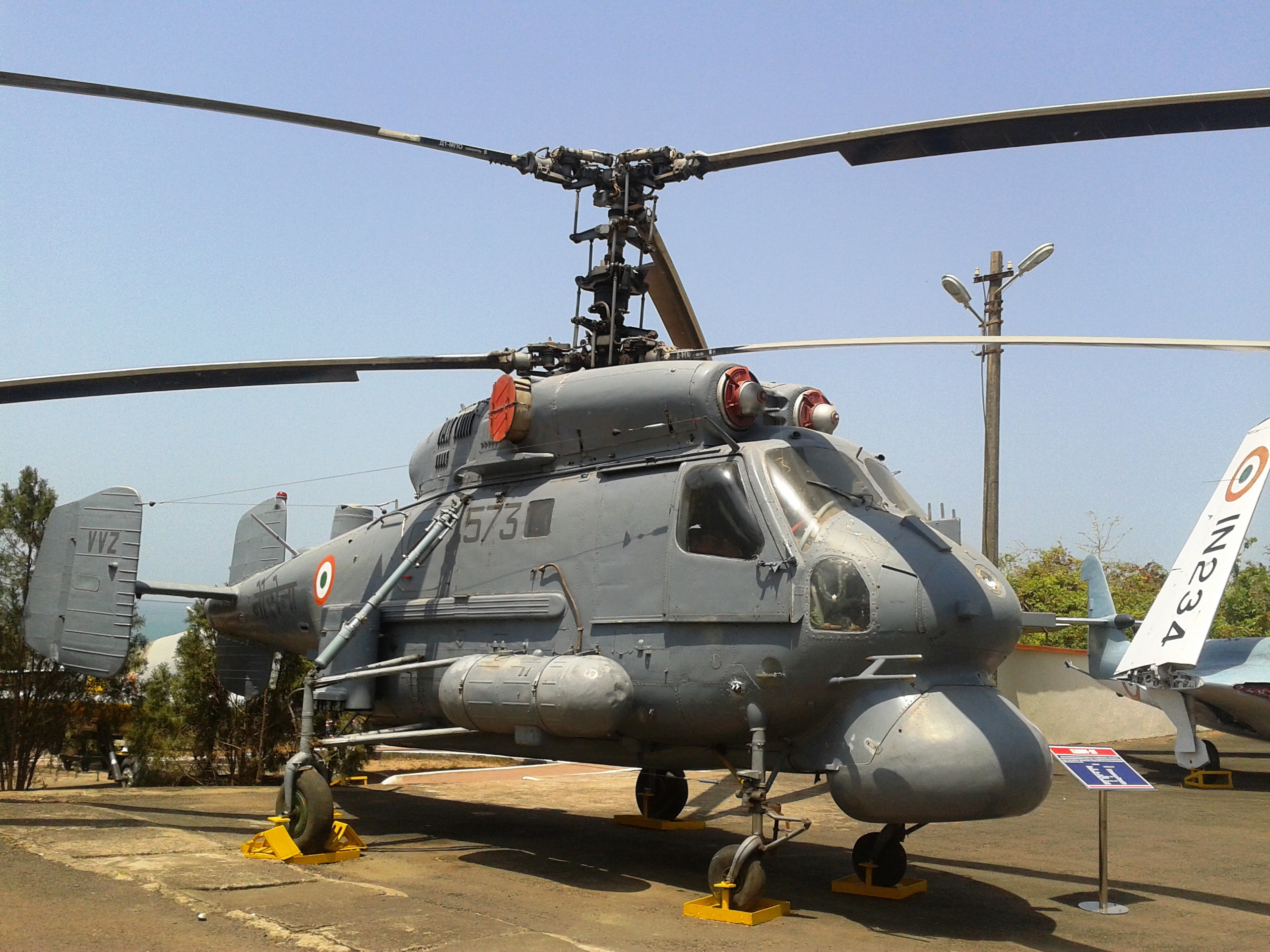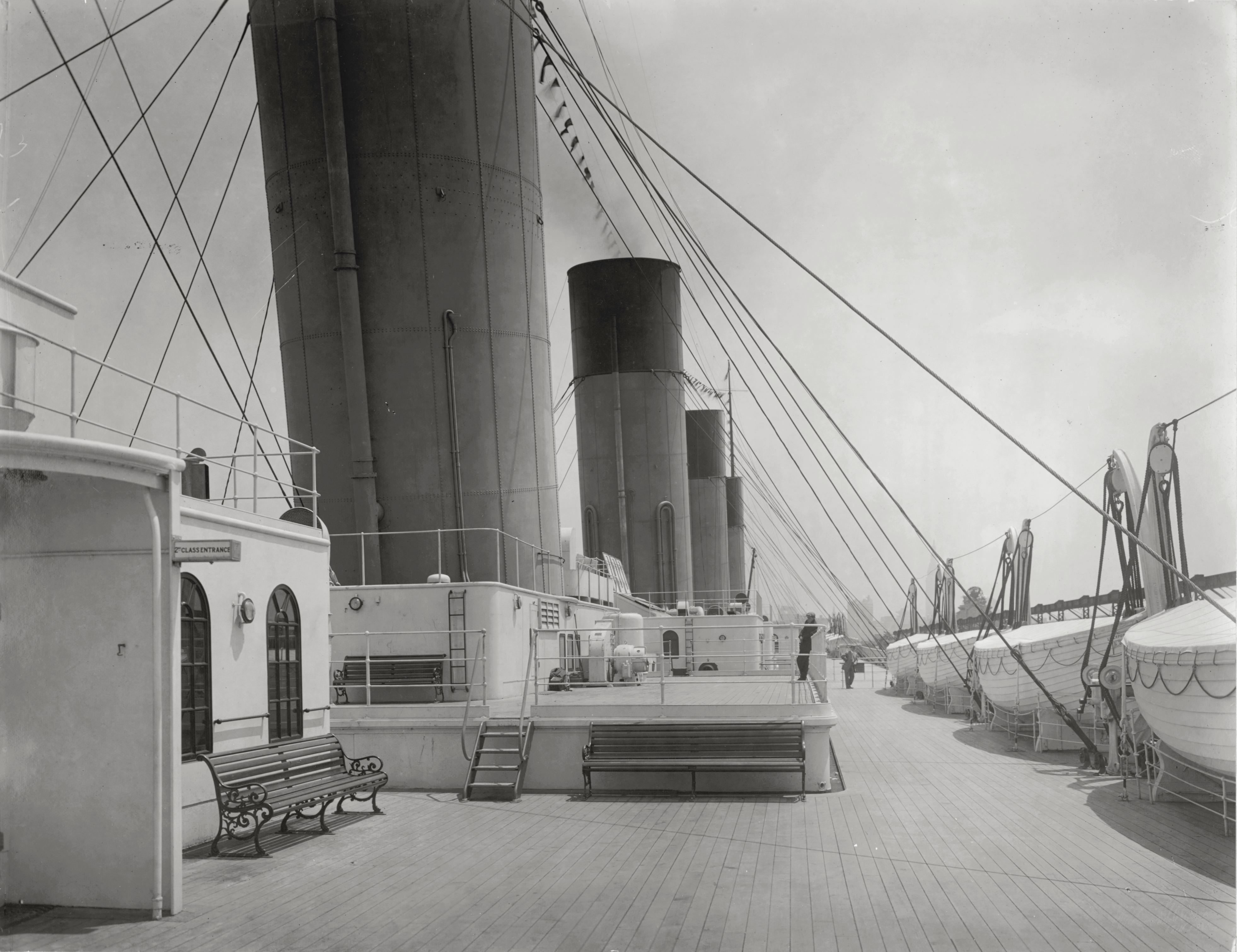|
Soviet Cruiser Admiral Senyavin
''Admiral Senyavin'' was a of the Soviet Navy. Development and design The ''Sverdlov''-class cruisers, Soviet designation Project 68bis, were the last conventional gun cruisers built for the Soviet Navy. They were built in the 1950s and were based on Soviet, German, and Italian designs and concepts developed prior to the Second World War. They were modified to improve their sea keeping capabilities, allowing them to run at high speed in the rough waters of the North Atlantic. The basic hull was more modern and had better armor protection than the vast majority of the post Second World War gun cruiser designs built and deployed by peer nations. They also carried an extensive suite of modern radar equipment and anti-aircraft artillery. The Soviets originally planned to build 40 ships in the class, which would be supported by the s and aircraft carriers. The ''Sverdlov'' class displaced 13,600 tons standard and 16,640 tons at full load. They were � ... [...More Info...] [...Related Items...] OR: [Wikipedia] [Google] [Baidu] |
Dmitry Senyavin
Dmitry Nikolayevich Senyavin or Seniavin (russian: Дми́трий Никола́евич Сеня́вин; – ) was a Russian admiral during the Napoleonic Wars. Service under Ushakov Senyavin belonged to a notable noble family of sea captains from the Kaluga Governorate, all of whom, starting with his great uncle, served in the Imperial Russian Navy. Having graduated from the Naval Cadet Corps in 1780, he took part in an expedition to Portugal, then joined the Black Sea Fleet upon its formation in 1783 and helped construct the naval base in Sevastopol. In 1786, he commanded a packetboat while at the fleet. Family interests gained him rapid promotion, especially after his resolute actions had prevented a flagship from capsizing during the Varna expedition and Prince Potemkin had entrusted him with a vital task of transporting diplomatic mail to the Russian embassy in Constantinople. During the Russo-Turkish War, Senyavin was present at the battles of Fidonisi and Och ... [...More Info...] [...Related Items...] OR: [Wikipedia] [Google] [Baidu] |
Surface-to-air Missile
A surface-to-air missile (SAM), also known as a ground-to-air missile (GTAM) or surface-to-air guided weapon (SAGW), is a missile designed to be launched from the ground to destroy aircraft or other missiles. It is one type of anti-aircraft system; in modern armed forces, missiles have replaced most other forms of dedicated anti-aircraft weapons, with anti-aircraft guns pushed into specialized roles. The first attempt at SAM development took place during World War II, but no operational systems were introduced. Further development in the 1940s and 1950s led to operational systems being introduced by most major forces during the second half of the 1950s. Smaller systems, suitable for close-range work, evolved through the 1960s and 1970s, to modern systems that are man-portable. Shipborne systems followed the evolution of land-based models, starting with long-range weapons and steadily evolving toward smaller designs to provide a layered defence. This evolution of design increasin ... [...More Info...] [...Related Items...] OR: [Wikipedia] [Google] [Baidu] |
Anti-aircraft Artillery
Anti-aircraft warfare, counter-air or air defence forces is the battlespace response to aerial warfare, defined by NATO as "all measures designed to nullify or reduce the effectiveness of hostile air action".AAP-6 It includes surface based, subsurface ( submarine launched), and air-based weapon systems, associated sensor systems, command and control arrangements, and passive measures (e.g. barrage balloons). It may be used to protect naval, ground, and air forces in any location. However, for most countries, the main effort has tended to be homeland defence. NATO refers to airborne air defence as counter-air and naval air defence as anti-aircraft warfare. Missile defence is an extension of air defence, as are initiatives to adapt air defence to the task of intercepting any projectile in flight. In some countries, such as Britain and Germany during the Second World War, the Soviet Union, and modern NATO and the United States, ground-based air defence and air defence aircra ... [...More Info...] [...Related Items...] OR: [Wikipedia] [Google] [Baidu] |
Radar
Radar is a detection system that uses radio waves to determine the distance ('' ranging''), angle, and radial velocity of objects relative to the site. It can be used to detect aircraft, ships, spacecraft, guided missiles, motor vehicles, weather formations, and terrain. A radar system consists of a transmitter producing electromagnetic waves in the radio or microwaves domain, a transmitting antenna, a receiving antenna (often the same antenna is used for transmitting and receiving) and a receiver and processor to determine properties of the objects. Radio waves (pulsed or continuous) from the transmitter reflect off the objects and return to the receiver, giving information about the objects' locations and speeds. Radar was developed secretly for military use by several countries in the period before and during World War II. A key development was the cavity magnetron in the United Kingdom, which allowed the creation of relatively small systems with sub-meter resolution ... [...More Info...] [...Related Items...] OR: [Wikipedia] [Google] [Baidu] |
North Atlantic
The Atlantic Ocean is the second-largest of the world's five oceans, with an area of about . It covers approximately 20% of Earth's surface and about 29% of its water surface area. It is known to separate the "Old World" of Africa, Europe and Asia from the "New World" of the Americas in the European perception of the World. The Atlantic Ocean occupies an elongated, S-shaped basin extending longitudinally between Europe and Africa to the east, and North and South America to the west. As one component of the interconnected World Ocean, it is connected in the north to the Arctic Ocean, to the Pacific Ocean in the southwest, the Indian Ocean in the southeast, and the Southern Ocean in the south (other definitions describe the Atlantic as extending southward to Antarctica). The Atlantic Ocean is divided in two parts, by the Equatorial Counter Current, with the North(ern) Atlantic Ocean and the South(ern) Atlantic Ocean split at about 8°N. Scientific explorations of the Atlan ... [...More Info...] [...Related Items...] OR: [Wikipedia] [Google] [Baidu] |
Second World War
World War II or the Second World War, often abbreviated as WWII or WW2, was a world war that lasted from 1939 to 1945. It involved the World War II by country, vast majority of the world's countries—including all of the great powers—forming two opposing military alliances: the Allies of World War II, Allies and the Axis powers. World War II was a total war that directly involved more than 100 million Military personnel, personnel from more than 30 countries. The major participants in the war threw their entire economic, industrial, and scientific capabilities behind the war effort, blurring the distinction between civilian and military resources. Air warfare of World War II, Aircraft played a major role in the conflict, enabling the strategic bombing of population centres and deploying the Atomic bombings of Hiroshima and Nagasaki, only two nuclear weapons ever used in war. World War II was by far the List of wars by death toll, deadliest conflict in hu ... [...More Info...] [...Related Items...] OR: [Wikipedia] [Google] [Baidu] |
Cruiser
A cruiser is a type of warship. Modern cruisers are generally the largest ships in a fleet after aircraft carriers and amphibious assault ships, and can usually perform several roles. The term "cruiser", which has been in use for several hundred years, has changed its meaning over time. During the Age of Sail, the term ''cruising'' referred to certain kinds of missions—independent scouting, commerce protection, or raiding—fulfilled by frigates or sloops-of-war, which functioned as the ''cruising warships'' of a fleet. In the middle of the 19th century, ''cruiser'' came to be a classification of the ships intended for cruising distant waters, for commerce raiding, and for scouting for the battle fleet. Cruisers came in a wide variety of sizes, from the medium-sized protected cruiser to large armored cruisers that were nearly as big (although not as powerful or as well-armored) as a pre-dreadnought battleship. With the advent of the dreadnought battleship before Wo ... [...More Info...] [...Related Items...] OR: [Wikipedia] [Google] [Baidu] |
Helipad
A helipad is a landing area or platform for helicopters and powered lift aircraft. While helicopters and powered lift aircraft are able to operate on a variety of relatively flat surfaces, a fabricated helipad provides a clearly marked hard surface away from obstacles where such aircraft can land safely. Larger helipads, intended for use by helicopters and other vertical take-off and landing aircraft (VTOL), may be called ''vertiports.'' An example is Vertiport Chicago, which opened in 2015. Usage Helipads may be located at a heliport or airport where fuel, air traffic control and service facilities for aircraft are available. Most helipads are located remote from populated areas due to sounds, winds, space and cost constraints. However, some skyscrapers maintain a helipad on their roofs in order to accommodate air taxi services. Some basic helipads are built on top of highrise buildings for evacuation in case of a major fire outbreak. Major police departments may use a ... [...More Info...] [...Related Items...] OR: [Wikipedia] [Google] [Baidu] |
Hangar
A hangar is a building or structure designed to hold aircraft or spacecraft. Hangars are built of metal, wood, or concrete. The word ''hangar'' comes from Middle French ''hanghart'' ("enclosure near a house"), of Germanic origin, from Frankish *''haimgard'' ("home-enclosure", "fence around a group of houses"), from *''haim'' ("home, village, hamlet") and ''gard'' ("yard"). The term, ''gard'', comes from the Old Norse ''garðr'' ("enclosure, garden"). Hangars are used for protection from the weather, direct sunlight and for maintenance, repair, manufacture, assembly and storage of aircraft. History The Wright brothers stored and repaired their aircraft in a wooden hangar constructed in 1902 at Kill Devil Hills in North Carolina for their glider. After completing design and construction of the '' Wright Flyer'' in Ohio, the brothers returned to Kill Devil Hills only to find their hangar damaged. They repaired the structure and constructed a new workshop while they waited f ... [...More Info...] [...Related Items...] OR: [Wikipedia] [Google] [Baidu] |
Kamov Ka-25
The Kamov Ka-25 ( NATO reporting name "Hormone") is a naval helicopter, developed for the Soviet Navy in the USSR from 1958. Design and development In the late 1950s there was an urgent demand for anti-submarine helicopters for deployment on new ships equipped with helicopter platforms entering service with the Soviet Navy. Kamov's compact design was chosen for production in 1958. To speed the development of the new anti-submarine helicopter Kamov designed and built a prototype to prove the cabin and dynamic components layout; designated Ka-20, this demonstrator was not equipped with mission equipment, corrosion protection or shipboard operational equipment. The Ka-20 was displayed at the 1961 Tushino Aviation Day display. Definitive prototypes of the Ka-25 incorporated mission equipment and corrosion protection for the structure. The rotor system introduced aluminium alloy blades pressurised with nitrogen for crack detection, lubricated hinges, hydraulic powered controls, a ... [...More Info...] [...Related Items...] OR: [Wikipedia] [Google] [Baidu] |
Deck (ship)
A deck is a permanent covering over a Compartment (ship), compartment or a hull (watercraft), hull of a ship. On a boat or ship, the primary or upper deck is the horizontal structure that forms the "roof" of the hull, strengthening it and serving as the primary working surface. Vessels often have more than one level both within the hull and in the superstructure above the primary deck, similar to the floors of a multi-storey building, that are also referred to as decks, as are certain compartments and decks built over specific areas of the superstructure. Decks for some purposes have specific names. Structure The main purpose of the upper or primary deck is structural, and only secondarily to provide weather-tightness and support people and equipment. The deck serves as the lid to the complex box girder which can be identified as the hull. It resists Tension (physics), tension, Compression (physics), compression, and racking forces. The deck's scantling is usually the same as t ... [...More Info...] [...Related Items...] OR: [Wikipedia] [Google] [Baidu] |








